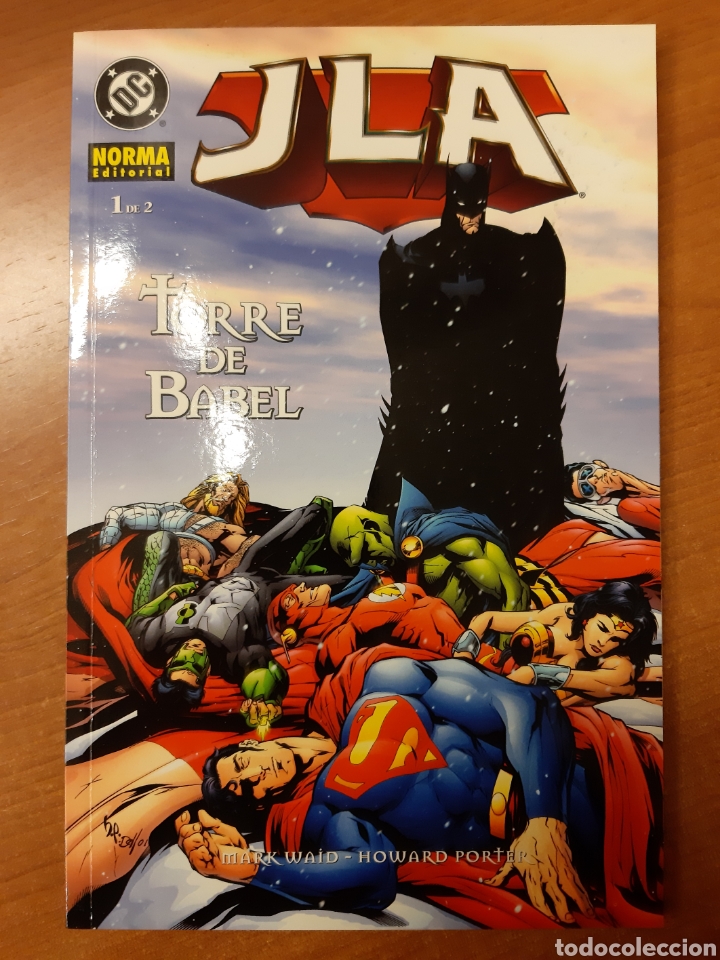
Even the JLA title was too cool to be spelled out.

The relaunched League would feature the 1996 versions of the founding members, namely Superman, Batman, Wonder Woman, Aquaman, Martian Manhunter, the Wally West Flash, and the Kyle Rayner Green Lantern and they would tackle menaces as big and as crazy as Morrison and penciller Howard Porter could devise.

What probably seemed like a no-brainer to the fan community must have been the product of massive editorial goodwill – compare Batman overlord Denny O’Neil’s very grounded “urban legend” approach to Morrison’s “most dangerous man on Earth” – but it was simple and efficient.įollowing the end of the JLI era in cover-date August 1996, the Justice League went from three titles and 20-odd members to one book with a cast of seven. Specifically, after many years DC had finally managed to wrangle the seven “original” Justice Leaguers back onto the team, and matched them with a writer who a) genuinely loved DC’s Silver Age and b) had amassed a ton of critical acclaim, including proto-Vertigo work on Animal Man and Doom Patrol. Because I couldn’t think of an accessible metaphor that was actually from the 1990s It was a super-high concept executed by Grant Morrison, one of the era’s hottest writers. The breathless self-appointed arbiter of mainstream superhero comics’ cutting edge was all over JLA in the series’ early years, including a 1997 special issue devoted entirely to the title. I can’t tell you for sure, but I can say this: starting in the summer of 1996, the Justice League was cool enough for Wizard.


The 1980s brought sweeping, lasting changes, from Detroit to the JLI and the early ’90s turned the League into a franchise. In the 1970s, the series boasted an expanded roster and solid, steady Dick Dillin art. Throughout the 1960s, Justice League of America was the standard-bearer for DC Comics’ superhero teams. Check out part one, part two, part three, part four, part five and part six of this series!


 0 kommentar(er)
0 kommentar(er)
